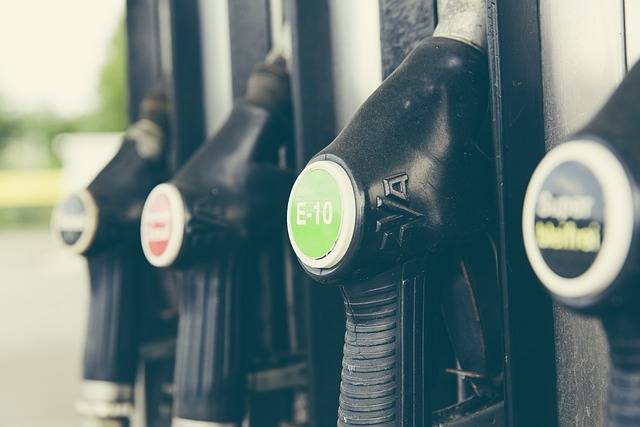Effective fuel management is of utmost significance for companies in the UAE. Monitoring fuel levels is crucial whether you are overseeing logistics operations or driving a fleet of trucks. You can guarantee future savings and cut operating expenses with effective fuel management.
Most companies in the UAE are now investing in wireless fuel level sensors powered by Bluetooth to track their fuel consumption. The wireless fuel level sensors fully meet the requirements of modern-day companies. They have several features that guarantee an easy installation process. Here are the crucial aspects to learn about the efficacy of wireless fuel level sensors in redefining fuel management.
Quick Installation and Setup
The key feature of these sensors is the absence of wires. Traditional fuel levels have complex installation procedures. Moreover, they often require the intervention of experts during installation. The wireless module eliminates any chances of vandalism. You will get accurate data on fuel consumption by installing a wireless fuel sensor.
Supports Easy Installation from Smartphones
Your employees no longer have to carry bulky laptops or desktops while installing the sensor. Being powered by Bluetooth, you can set up the device directly from your smartphone. Most wireless fuel level sensors support installation through the app. However, it is crucial to be in the range of the device while installing it. Your smartphone and the device should be within the 10 metres range.
The Introduction of Bluetooth Technology
Wireless fuel level sensors based on Bluetooth technology are a revolutionary solution to track fuel consumption. Manufactured by the Esensor – GPS monitoring company in Dubai, UAE, these sensors integrate seamlessly with fuel tanks. These sensors can send and receive data wirelessly to compatible devices.
Compatible with Popular Trackers
Wireless fuel level sensors are compatible with a wide variety of trackers like GLONASS and GPS. Moreover, these sensors also work seamlessly with Fort Telecom, Glomos, Disk Systems LLC, etc. These sensors are also compatible with other types of satellite navigation terminals like the RS-485 interface.
Accuracy and Convenience
A key benefit of wireless fuel level sensors powered by Bluetooth is their ability to provide accurate fuel level readings. Note that conventional wired fuel sensors provide inaccurate calculations and estimations. But that is not the case with fuel sensors based on the Bluetooth technology. They provide accurate estimations with which you can track your company’s fuel consumption.
Empowering Fleet Managers and Businesses
Fuel level sensors are a powerful tool for optimising the efficiency of fleet operations. Managers can remotely monitor fuel levels by integrating these sensors into their fleet management systems. You can now minimise downtime due to unexpected fuel shortages. These sensors also provide real-time data to recognise inefficient driving patterns. You can take swift corrective actions and cost-saving measures with the help of these sensors.
Years of Continuous Operation
Most wireless fuel level sensors are equipped with Lithium Thionyl Chloride batteries. These batteries can last for more than seven years while operating continuously. The Bluetooth 4.0 technology used in these sensors also helps them consume a minimum amount of power. You can analyse your fuel consumption habits without replacing the battery.
Promotes Sustainability
Wireless fuel level sensors based on Bluetooth allow your organisation to contribute to a more sustainable future. These sensors remove the guesswork from the equation and help reduce unnecessary fuel consumption. In this manner, they also play an essential role in minimising the greenhouse emissions. It becomes easier to solidify your company’s commitment to environmental responsibility with the latest fuel level sensors.
Protection for Harsh Operating Environments
The real benefit of getting a Bluetooth-based fuel level sensor is that it can function better in challenging environments. Extreme situations, such as vibrations and temperature swings, are experienced by fuel tanks. The hermetic shell shock protection mechanism of these sensors protects the internal components from all types of rough handling.
The hermetic shell shock protection also safeguards the components of the sensor from corrosive substances. Fuel tanks contain harsh chemicals that can wreak havoc on the wireless fuel level sensor. This superior protection reduces the requirement for frequent replacements and effectively minimises maintenance costs.
Conclusion
Wireless fuel level sensors are redefining fuel management practices in the UAE and beyond. These sensors boast advanced features like integration with IoT platforms and predictive insights that empower businesses to optimise fuel consumption. Wireless fuel level sensors will play a crucial role in shaping the future of fuel management across industry domains.

0 Comments